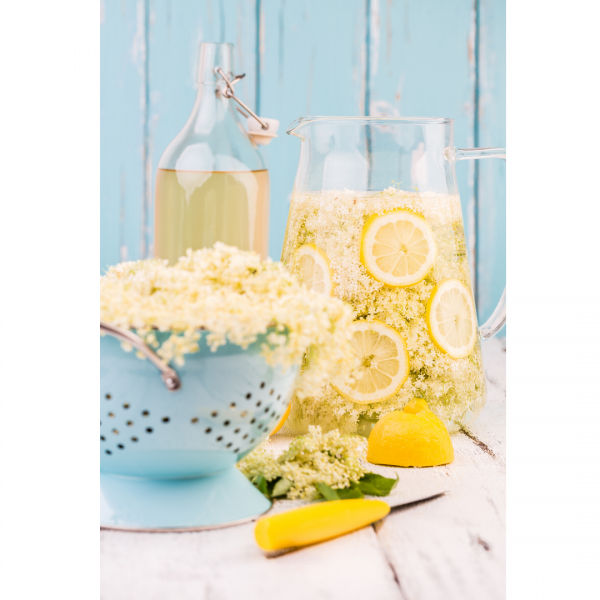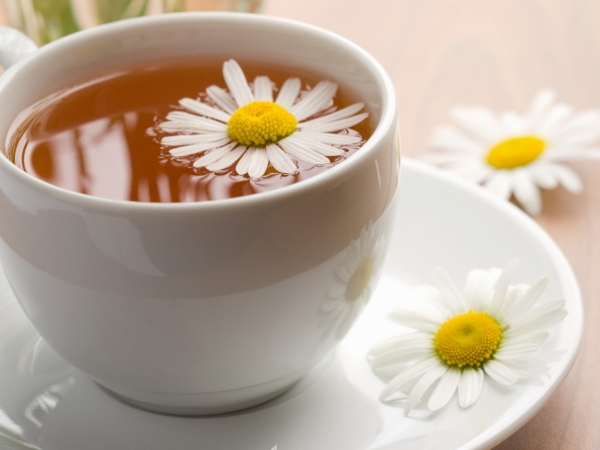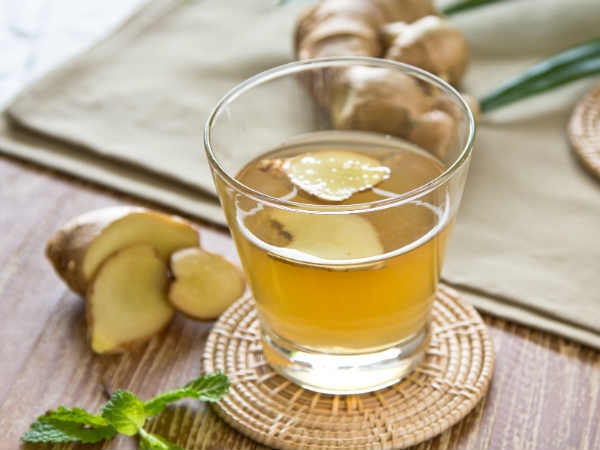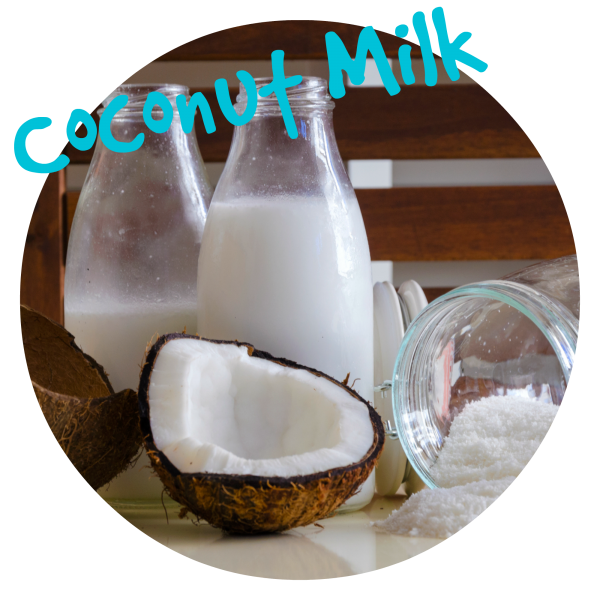This is a refreshing probiotic immune boosting beverage made through wild fermentation. Made with the white-colored flowers of the elderberry shrub (Sambucus nigra or S. canadensis), elderflower champagne is a naturally bubbly, lightly alcoholic beverage with a delicate taste. It’s worth noting that this fermented elderflower beverage isn’t technically champagne because it doesn’t contain the grape […]
Print Recipe
Elderflower Champagne
Full GAPS
Votes: 0
Rating: 0
You:
Rate this recipe!
|
|
Votes: 0
Rating: 0
You:
Rate this recipe!
|
Instructions
Prepare the flowers
Do not wash the elderberry flowers. There is a natural yeasts on the flowers that will initiate the fermentation process. Just shake off any insects and remove any sticks and leaves from the cluster bunch completely!! ONLY use the flowers themselves as the leaves and branch can be poisonous.
Place the honey in a very large bowl and pour in the boiling water. Stir until the honey or sugar has completely dissolved.
Add the cold water. Stir in the vinegar or lemon juice and the elderberry flowers.
Optional: I like to slice some round lemons pieces to add to the mixture.
Cover with a clean dishtowel or cheesecloth and let the mixture sit at room temperature for 48 hours, stirring at least twice a day. By the end of these two days, you should see signs of fermentation: the top of the liquid will look frothy and bubbly, especially when you stir it. If the liquid is remains completely still after 48 hours, add a teaspoon of water kefir grains and wait another 48 hours, stirring occasionally, before proceeding to the next step. (the room temperature and the amount of beneficial yeast on the flowers plays a part in this process which is why you may or may not need the kefir grains) In most cases I like to add them any way, especially in the colder months).
After 48 - 84 hours, pour the fermenting elderflower champagne through a finely meshed sieve to strain out the flowers (and lemon rind, if using). Use a funnel to help transfer the brew into clean plastic soda-type bottles with screw tops or thick ceramic or beer bottles with rubber flip tops. Do not use corked wine bottles because elderflower champagne is quite capable of popping out the corks or worse—exploding the bottles. Leave at least an inch of headspace between the surface of the liquid and the rims of the bottles. Secure the tops.
Leave at room temperature for a week, “burping” (opening briefly) the bottles at least once a day. After the week at room temperature, move them to the refrigerator, but keep “burping” the bottles occasionally for another week.
When ready to serve I like to add in fresh lemons, oranges and mint leaves. It is a lovely beverage.
Recipe Notes
- Elderflower champagne will keep in the refrigerator for several months.
- The earlier you drink it, the yeastier it will taste. Wait at least 2 weeks from bottling if you want it at its best.
- Sugar can be used in the fermentation process and don't worry, the sugar content will be consumed during fermentation. The honey version takes slightly longer to ferment out than the sugar version.
- The final drink should be fizzy and lightly sweet.





